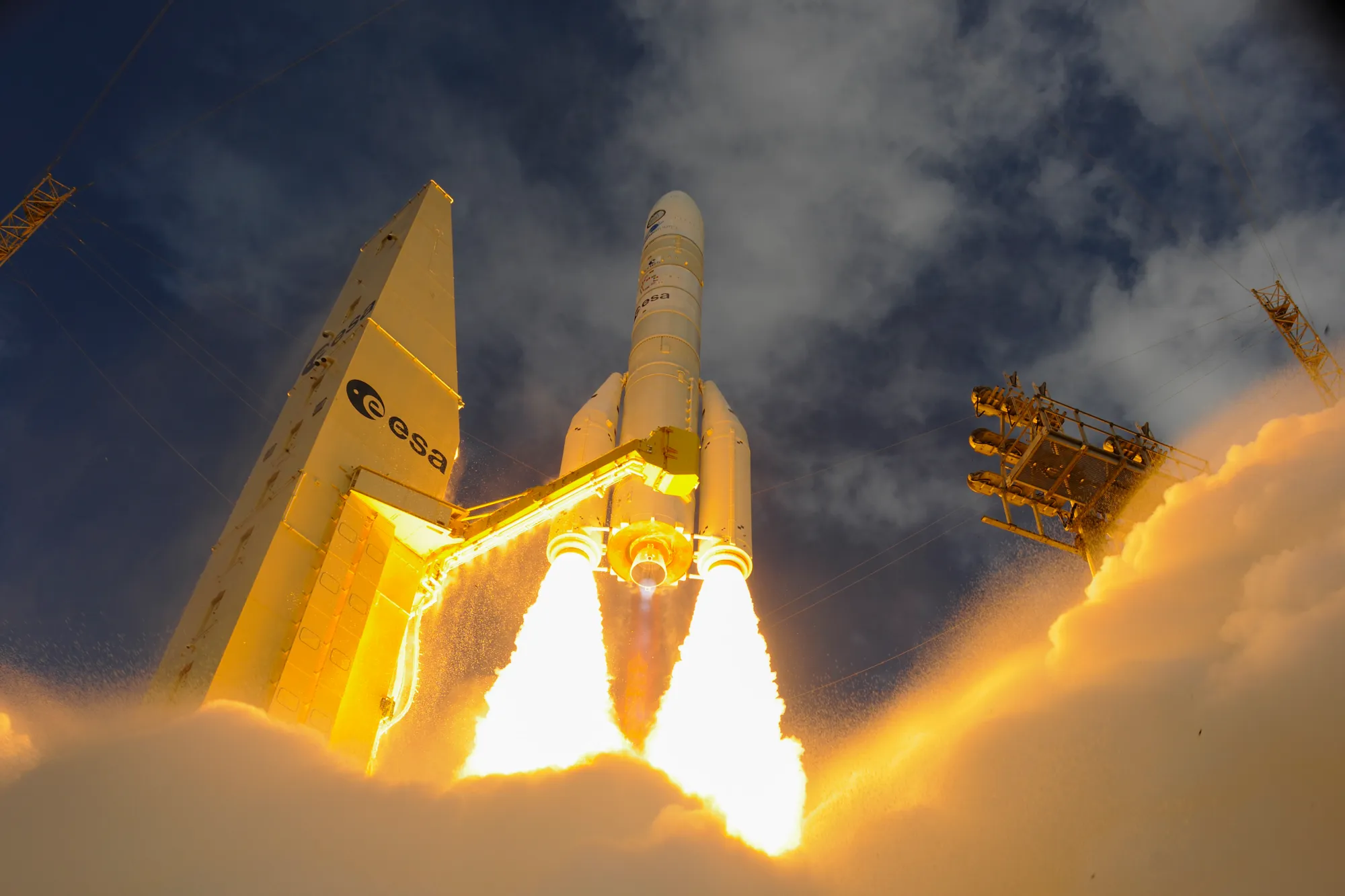This week, NASA launched the CubeSat Radio Interferometry Experiment, or CURIE, to further investigate the mysterious origins of radio waves from the Sun.
Scientists first detected these radio waves decades ago and have been trying to understand their source. More recently, these waves were found to come from significant eruptions of gas on the Sun’s surface called Coronal Mass Ejections (CMEs), along with solar flares.
In 2023, a group of astronomers found that radio waves didn’t just originate at CMEs or solar flares but were also found at sunspots, the cooler, darker, and more magnetically active areas of the Sun.
“This sunspot radio emission represents the first detection of its kind,” Sijie Yu, a researcher at the New Jersey Institute of Technology, Newark, and the lead author of a paper reporting the discovery in the January 2024 issue of Nature Astronomy stated in a press release.
Now, NASA is using CURIE to detect the origins of solar radio waves with higher resolution using a CubeSat setup.
NASA’s CURIE and Its CubeSat Missions
CURIE is just one of several of NASA’s CubeSat Missions, which involve the development and deployment of small, standardized satellite units called CubeSats. Each CubeSat is built using units (U), where 1U measures approximately 10 centimeters on each side. Depending on the mission’s requirements, CubeSats can be combined into larger configurations, such as 3U or 6U, providing versatility in each mission’s design and applications.
The CURIE mission, as part of NASA’s CubeSat Launch Initiative, was selected in 2020 during the initiative’s 11th round of applications. CURIE started as a 6U CubeSat before separating into two 3U spacecraft.
The two satellite systems provide separate vantage points to measure the same radio waves emanating from the Sun and other celestial sources. The mission’s dual perspective enhances the accuracy and reliability of the data collected, allowing researchers a deeper look at the origins of solar radio waves.
Low-Frequency Measurements
NASA’s recent launch of CURIE uses an approach known as low-frequency radio interferometry. This technique combines the signals received by multiple radio antennas to create a single, detailed image of astronomical objects. By observing at low frequencies, typically below 300 MHz, this method is beneficial for studying solar radio waves, as they are also at low frequencies.
Interferometry enhances the resolution and sensitivity of the observations, allowing scientists to understand better the complex processes occurring on the sun’s surface and in its atmosphere, ultimately aiding in the prediction and analysis of space weather events that can impact Earth.
To effectively use low-frequency radio interferometry, NASA uses two separate spacecraft, each no larger than a shoebox, to orbit the Earth two miles apart. Because many radio waves are blocked by the Sun’s atmosphere, the two distanced spacecraft must be orbiting Earth to take accurate readings. This spatial difference between the spacecraft allows the sensors to pick up on the tiniest differences in the time lag between receiving solar radio waves. This difference helps further triangulate where the waves are coming from.
“This is a very ambitious and very exciting mission,” David Sundkvist, a researcher at the University of California, Berkeley and a PI on the CURIE mission stated in NASA’s press release. “This is the first time that someone is ever flying a radio interferometer in space in a controlled way, and so it’s a pathfinder for radio astronomy in general.”
The CURIE system was launched from the ESA’s (European Space Agency) Ariane 6 rocket in Kourou, French Guiana. Once the rocket reaches its destination 360 miles above Earth, the CURIE system will be deployed and begin to take measurements with its eight-foot-long antennae.
Further Measurements of Solar Radio Waves
As the first of its kind of satellite, the CURIE mission is designed to demonstrate a proof-of-concept for space-based radio interferometry within the CubeSat form factor. This means CURIE will test and validate the feasibility of using small, standardized satellite units to conduct radio interferometry, typically associated with larger and more complex satellite systems.
The CURIE mission also serves as a precursor to the upcoming Sun Radio Interferometer Space Experiment, or SunRISE, mission. Building on any insights and technological advancements gained from CURIE’s measurements, SunRISE will take the concept further by employing six CubeSats to create a detailed series of two-dimensional maps of the regions where solar radio waves originate. This array of six CubeSats will work in concert to provide high-resolution data on solar radio emissions, offering a more comprehensive understanding of solar phenomena.
The data from SunRISE will be crucial for studying the mechanisms of solar storms and their potential impact on Earth’s space environment. They will enhance our ability to predict and mitigate the effects of space weather.
Kenna Hughes-Castleberry is the Science Communicator at JILA (a world-leading physics research institute) and a science writer at The Debrief. Follow and connect with her on X or contact her via email at kenna@thedebrief.org

